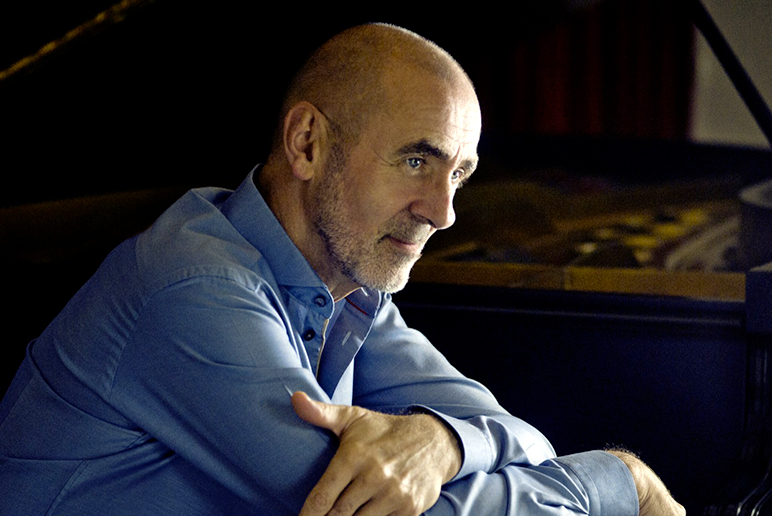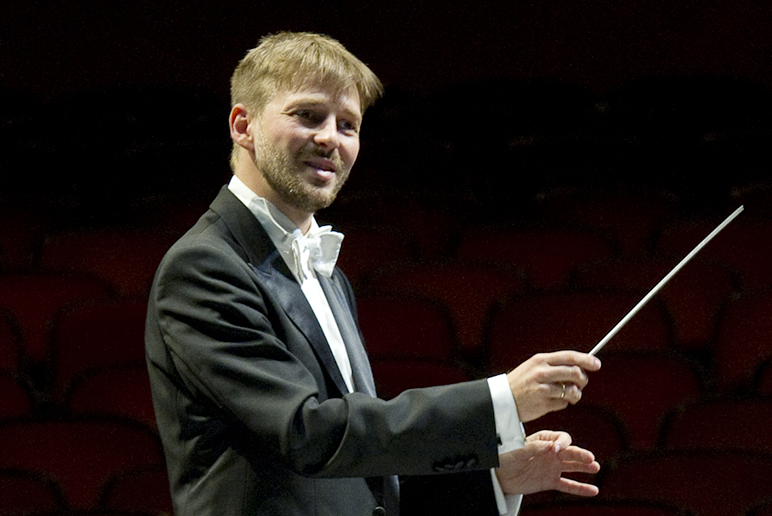Orchestre de chambre de Paris
Gábor Káli | direction
Roger Muraro | piano
Young Hungarian conductor Gábor Káli with Roger Muraro at the piano for a programme blending the essence of the Slav soul with Hungarian dances.
Kodály Marosszék Dances
Chopin Concerto for piano and orchestra No. 2 Op. 21
Dvořák Czech Suite Op. 39
Kodály Galánta Dances
In the nineteenth century, when eastern Europe was under the yoke of Austria or Russia, musicians asserted their national identity through the lens of popular culture. In his Concerto for Piano No. 2, Chopin combined a fascination for Italian bel canto with typically Polish rhythms. Little did he know when he set off to Vienna in November 1830, several months after the premiere of the work in Warsaw, that he would never see his homeland again. In the Czech Suite by Dvořák (1879), the three fast movements are inspired by folk dances: the polka, the sousedská and the furiant. Dances also form the basis of two of the most famous orchestral scores by Kodály, composed after Hungary gained independence: Dances of Marosszék, with melodies from Transylvania (1930), and Dances of Galánta (1933), which take their name from the town where Kodály spent part of his childhood.
Production Orchestre de chambre de Paris



